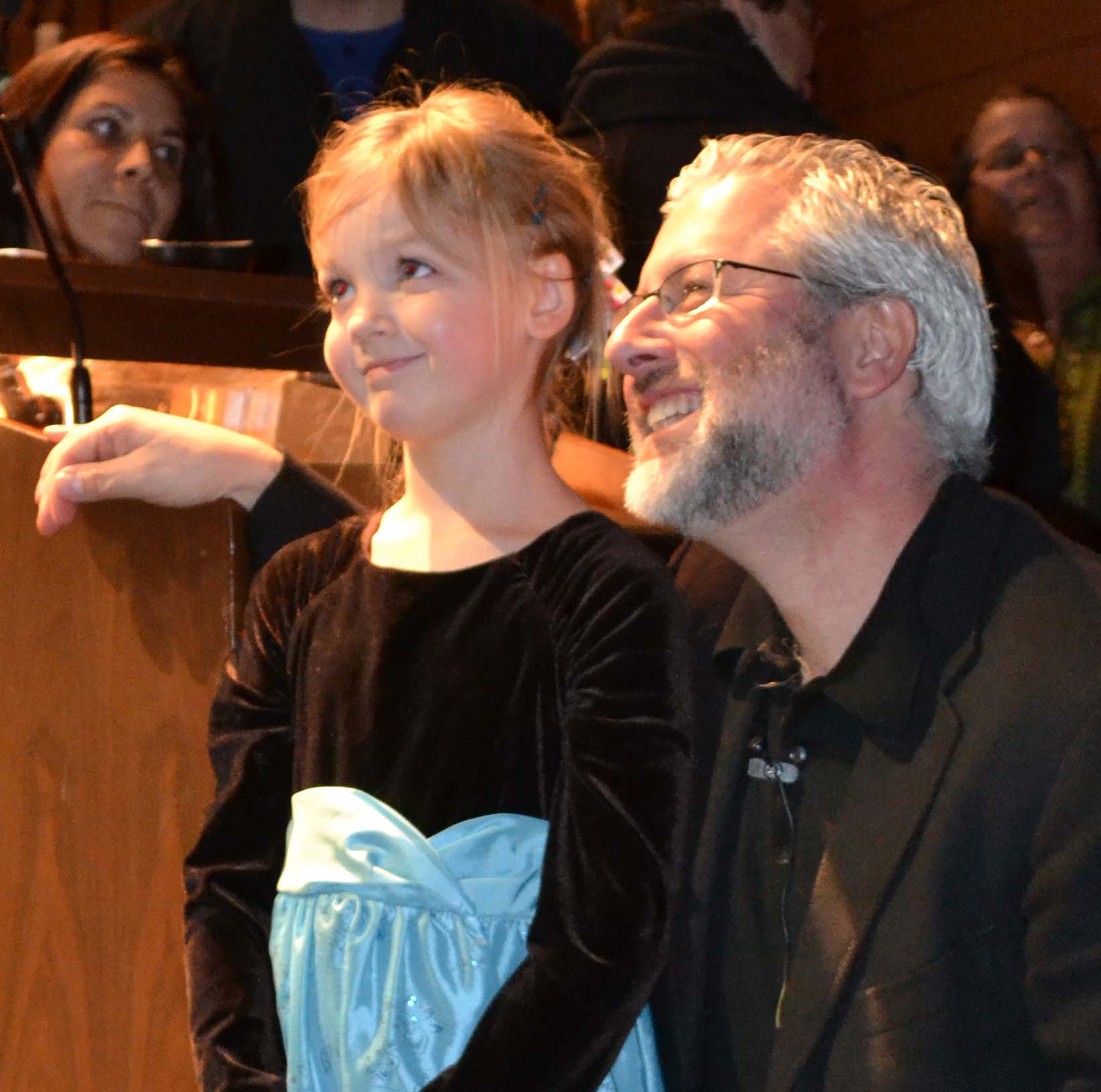

These similarities explain why groups of related animals have similar features - for example, the four limbs of mammals and other tetrapods, or the neatly arranged vertebrate backbone.

In scientific terms, we would say that these genes are highly conserved, and it’s even possible to swap some of them between species and maintain the same body plan. Regulatory genes, particularly those high up in the chain of command, are extremely similar between species. Instead, they simply say “Make a leg here” or “Arms here, please”, activating other genes that are needed to make the cells and tissues of the appropriate limbs. Like the architects of a building, these regulatory genes map out the plans for the body as a whole but don't they do any of the building themselves. Importantly, Hox genes don't have any instructions for making specific body parts. Hox genes act together with other regulatory genes, creating a chain of command where the instructions become more specific with each gene further down the line.

Some of them, known as Hox genes, control when and where in a developing embryo particular genes are switched on and off, ensuring that your body parts all end up in the right place. Today, we know that many thousands of genes control embryonic development, but we’re still figuring out exactly how they work.Įvolutionary developmental biology, or evo-devo as it’s often known, is a relatively new scientific field that looks at how our genes control the journey from fertilised egg to fetus, and what it can tell us about the underlying processes of evolution.ĭevelopment in the womb depends on a complex network of regulatory genes.

The exact mechanisms underpinning evolution were a mystery, as were the curious forces that shape an embryo as it grows in the womb. So, there is a relationship between embryology and evolution, but in a way that’s far more intricate than Haeckel could ever have known.īack in the days of Haeckel and Darwin, nobody knew about DNA or genes. Rather than re-working evolution in the womb, biologists now believe that these kinds of common structures in early embryos are evidence of our shared evolutionary origins. In fact, these are pharyngeal arches, which form the basis of structures like facial bones in mammals, but do indeed go on to become gills in fish. Haeckel thought that we went through a 'fish' stage in the womb because our embryos appear to have gills during early development. But it’s undeniable that human embryos do look awfully similar to other species, at least in the early stages of life. Haeckel’s theory that human embryos pass through stages of development that recapitulate our evolutionary history has subsequently been proved incorrect.


 0 kommentar(er)
0 kommentar(er)
